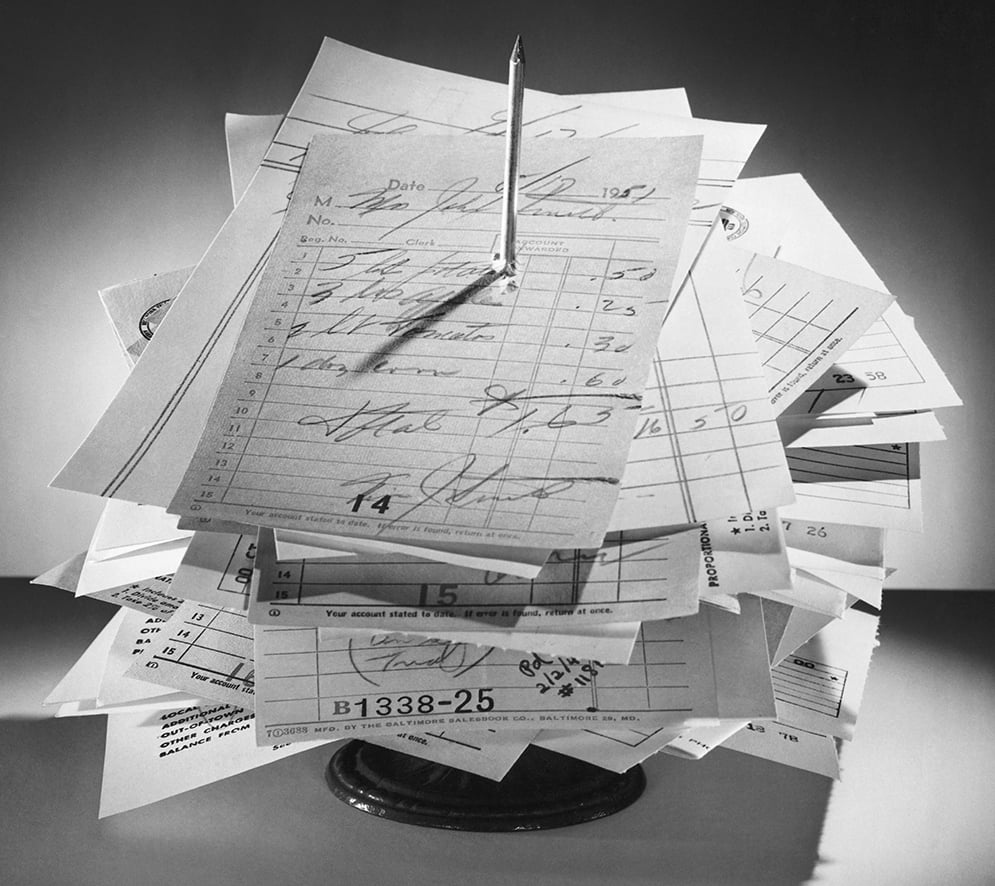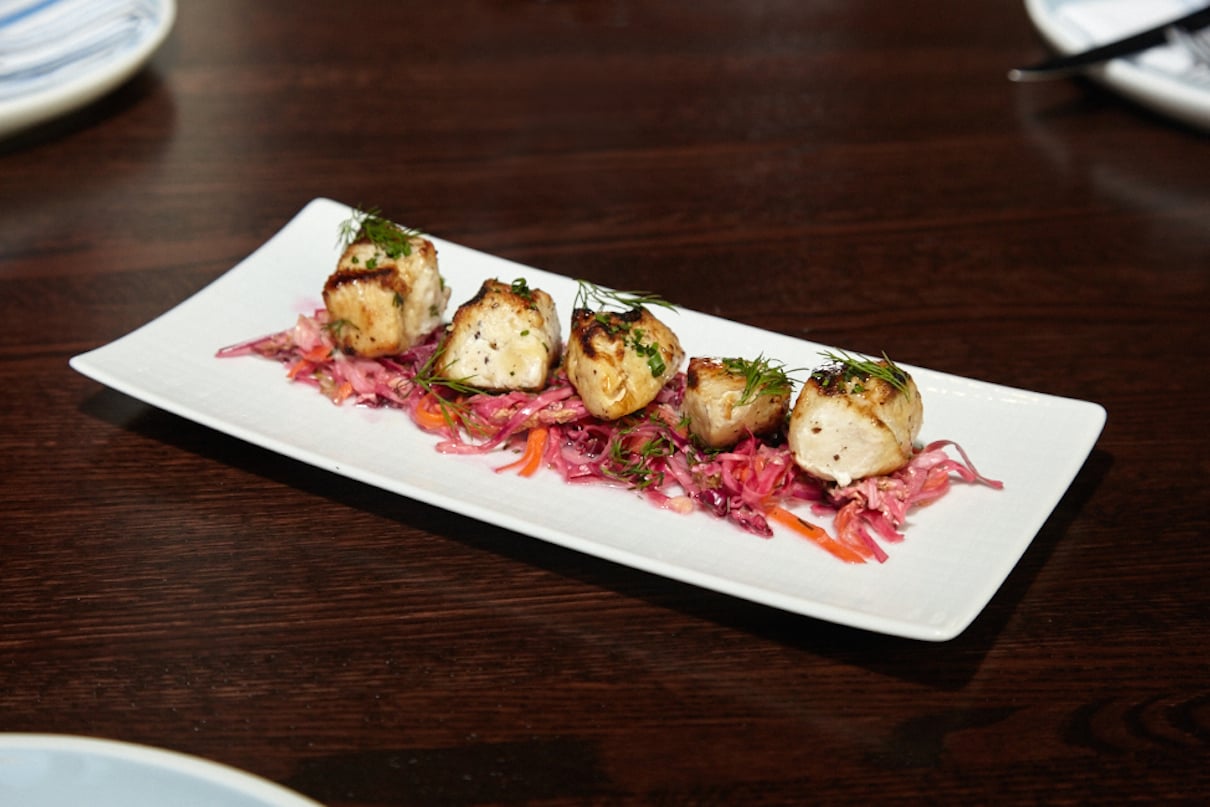
Chocolate and wine are among life’s great indulgences, and they’re good mood setters, too—just as long as you don’t pair one with the other.
Or so goes the conventional wisdom. The cocoa butter in chocolate can coat the palate and skew other flavors, while chocolate’s acidity can make wine taste harsh. It’s hard to feel romantic with a bad taste in your mouth.
For Valentine’s Day, though, I decided to put the conventional wisdom to the test.
The result? The conventional wisdom may not be wrong, but it’s not right, either. One strategy for matching wine with any dessert is that the wine should be sweeter. Applied to chocolate, this suggests a fortified wine such as port, a classic partner to chocolate puddings or cakes. Aged tawny port excels when orange or nuts are included, while a fine ruby port goes well with most fudgy chocolate desserts. Port-style fortified wines from Australia and late-harvest Zinfandel from California also work. Zinfandel’s flavors of raspberries and cherries make it compatible with many chocolate desserts, including Black Forest cake.
Another popular choice is Banyuls, a sweet red wine from the southwestern edge of France that pairs well with a variety of chocolates. For special occasions, consider an ice wine, an expensive sweet wine made from grapes picked while frozen.
While the “sweet dessert, sweeter wine” rule works, dry wines can, too. At the end of a long dinner, it’s sometimes simpler to finish wines already on hand than to open a new bottle. The last few sips of California Cabernet or Australian Shiraz make a fine partner for dark chocolate.
Suzanne McGrath, owner of the Curious Grape wine store in Arlington’s Shirlington neighborhood, experiments often with wine-and-chocolate pairings. In addition to her wines, McGrath sells more than 20 brands of gourmet chocolate in hundreds of flavors, including one studded with applewood-smoked bacon. The store conducts chocolate-and-wine tastings to allow customers to mix and match.
McGrath advises choosing a wine to match the flavor elements of a chocolate—which could mean either the chocolate’s characteristics or the additional ingredients in a bar or dessert.
“Taste the chocolate—is it fruity, earthy, or salty? Then think of wines that share these characteristics,” McGrath says. She recommends a Sauvignon Blanc to match the citrus notes of a Dagoba chocolate bar infused with lime, while one flavored with lavender and blueberries suggests a Syrah. Following her advice, I paired a lavender-laced milk-chocolate bar from Newtree with an inexpensive California Syrah from Cosentino—the match worked beautifully.
“I tell people to taste the wine first, then the chocolate, followed by the wine again,” McGrath says. “That way you have an idea of how the wine tastes before its flavor is altered by the chocolate, and you can evaluate how well the pairing works.”
McGrath likes a buttery Chardonnay with chocolate-caramel combinations and says Pinot Noir with a Michel Cluizel milk-chocolate bar is “out of this world.” With salty chocolates she prefers a Cava, the Spanish sparkling wine, for its crispness and ability to cleanse the palate. That makes sense, as Cava is often paired with salty tapas dishes.
Champagne and chocolates are a classic Valentine’s treat. The combination works best if you remember the sweetness rule and choose a demi-sec Champagne. A demi-sec with chocolate-covered strawberries can be heavenly.
Champagne is arguably chocolate’s most glamorous match, but another wine may be chocolate’s most compatible mate: Brachetto d’Acqui, a lightly effervescent, fruity, low-alcohol red. An obscure grape grown in the Piemonte region of northern Italy, Brachetto tastes of strawberries and raspberries, two fruits that play well with chocolate. I can’t guarantee that a glass of Brachetto with a rich chocolate mousse or tart will bring you romance, but the flavors are as compatible as wine and chocolate get.
Recommendations
Sweet wines: port, such as Fonseca 10-Year-Old Aged Tawny ($31) or Graham’s Six Grapes ($21), is good with dark chocolate and fudgy desserts; save pricier vintage ports to drink on their own. Also try a Banyuls, such as Chapoutier 2004 ($25 for 500 milliliters); California port-style wines; or late-harvest Zinfandel. An ice wine, such as Inniskillin Cabernet Franc Ice Wine 2006 ($95 for a half bottle), is a delicious splurge.
Dry wines: Some table wines can work with chocolate, though you’re safer with sweeter, fruitier reds such as California Syrah, Zinfandel, or an Australian Shiraz such as the Yangarra 2005 McLaren Vale Shiraz ($20).
Sparkling wines: Brachetto d’Acqui, such as Banfi Rosa Regale 2006 ($22), is the ultimate chocolate wine, especially if red fruits such as raspberry or strawberries are involved. Moscato d’Asti, a slightly sweet effervescent white wine, also works well. Suzanne McGrath recommends a sparkling Gamay from Beaujolais producer Jean-Paul Brun, called FRV 100 ($20)—it’s pronounced “ef-air-veh-sohn.”
















